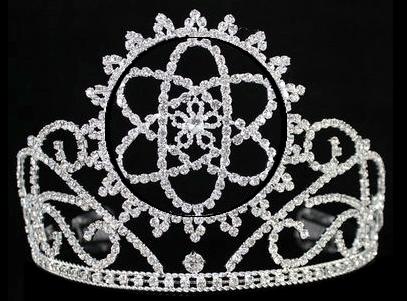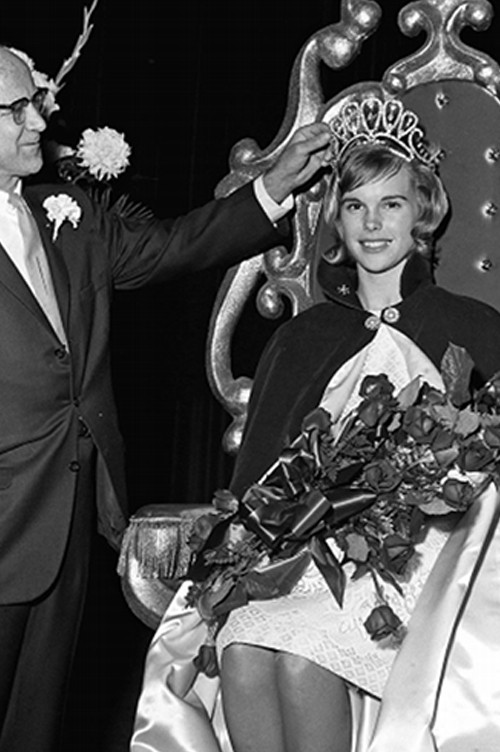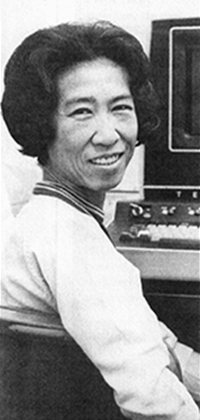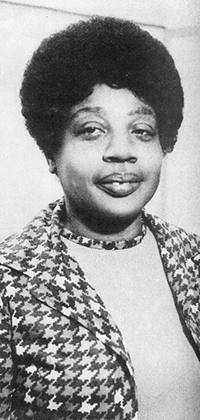"I should be thrilled to get a 'man's job,' the ladies in the personnal office told me after I'd signed the papers reclassifying me and upping my salary substantially. 'The men get paid more,' they explained, 'because they work wtih the computer.'" |
|||||||||
Women employed at JPL in the sixties and seventies – when most scientists and engineers were male and most females worked in supporting roles – often had to negotiate Victorian era mores and the space age simultaneously.
There was a strict dress code for women. A November 1970 interoffice memo spelled it out: “Pant suits for ladies, floor length dresses, micro-mini skirts, and like extremes and fads, are not considered appropriate office dress.” From 1964 to 1976 a Director of Protocol, who reported directly to the JPL director, was responsible for enforcing it. There was no specific dress code for men – only that they "avoid extreme styles of dress and grooming." Space-themed beauty pageants were common up until the mid-seventies, with names like “Miss Guided Missile” and “Queen of Outer Space.” Contestants were judged on “appearance, poise and personality” and winners graced the cover of the employee house organ Lab/Oratory.
A JPL affirmative action policy, instituted in 1971, resulted in the hiring of more women in professional roles. In addition, some current female employees were retrained as computer scientists, programmers, and physicists, then promoted into higher-paying positions.
A 1973 Lab/Oratory article featuring female engineers and rocket scientists demonstrates the sea change taking place at JPL, but also offers this explanation about why so few women had pursued such careers: “American females have traditionally shunned the engineering profession perhaps because in the past they have had to cope with such disarming stereotypes as ‘bookworm’ or ‘cold and calculating’ – neither one compatible with the image of motherhood or femininity.” |
|||||||||




